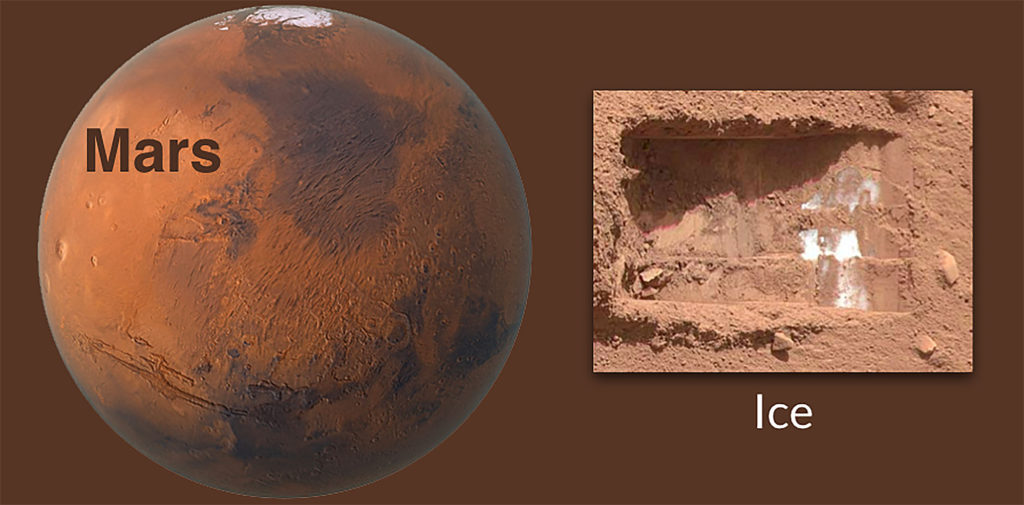
Natural History A Broad View of the World


Natural History Objectives:
- Define natural history and describe what you would expect to find in a natural history museum.
- Provide examples of organisms that live in extreme habitats.
- List the conditions that may support life beyond Earth.
We have received several inquiries about BI 102 next term. If you are thinking of taking Animal Biology, this is how it compares to our current BI 101 Environmental Biology course.
Natural History
Way back in the first guide of the course, we met the early and contemporary naturalists who study natural history.
Natural history is a broad study of the characteristics of the natural world. This includes organisms and non-living elements, and can include science discovery as well as methods from other disciplines like art and history. Natural history existed before formation of the separate science disciplines we have today.
What would you expect to see walking into a natural history museum?
This is one of the top 10 natural history museums in the world: the American Museum of Natural History in New York City. You may be thinking of huge fossilized animals, galleries of displays, rocks, ancient human artifacts, dioramas, and more. All of these things are here.


Natural history museums often feature large crowd-pleasing specimens like dinosaur skeletons or large gems. This is the lobby of the Field Museum of Natural History in Chicago.
The movie “Night at the Museum” brought natural history museums to life for many people. Museums offer rich experiences like staying overnight, screening movies in galleries, or behind-the-scenes tours of the stored collections.


Typically museums have huge collections that need to be stored and studied. Some items are curated for public display in galleries. Special exhibitions feature objects contextualized and organized by a theme. We will have more on these collections in the next section.
Unfortunately many museum trips devolve into an uncomfortable rush from gallery to gallery, dodging crowds of people, hungry and frustrated. These spaces are huge and designed to keep people moving. A successful trip requires planning, starting with a visit to the website.


Plan where to eat, how people in your party can sit and rest when needed, and most importantly, which parts of the museum will be the most engaging. This means targeting the exhibits that will be both educational and entertaining.
For us, a trip to a museum is a big event. We want to make sure the money is well spent and memories are made of the collections and not concerns about how much everything costs and whether everyone is happy. This video shows we have had to find ways to stay out of the gift shops :).

Natural history museums at their best bring to life environments and organisms that we would never experience in person. This exhibit at the Hatfield Marine Science Center is highlighting organisms that live around deep sea vents.
In recent years, exhibits have increasingly featured the significance of microorganisms, particularly in extreme habitats like within human intestines, or deep on the ocean floor. “Microbiome” exhibits have become popular attractions.

Let’s take a tour through some of the most extreme habitats. You’ll quickly see that the producers are species of bacteria and archaea that can tolerate conditions that would destroy most life.


Thermophilic “heat-loving” microbes (micro-organisms) can survive extreme heat.
Halophilic “salt-loving” microbes can survive extreme salinity.


Living bacteria and archaea have been found in lakes far below the surface ice in Antarctica.
On some parts of the deep ocean floor, complex food webs are built around chemosynthetic bacteria and archaea.

If life exists in these extreme habitats, could there be life on other planets or moons in our solar system?

In recent decades, the search of life and resources beyond Earth has accelerated internationally. Many larger cities have a science museum, space museum, and/or an observatory to display space research.
As far as we know, life relies on liquid water. Space agencies are searching for evidence of water, as well as evidence of organisms themselves: remnants of complex, constructed molecules.

Missions are already underway to study the potential liquid oceans under ice on the moons Europa and Enceladus.


Mars is still the most likely location of life in our solar system, other than Earth and organisms we may have accidentally transferred to the moon.
Mars has small amounts of ice on the surface and may have some liquid water deep underground. It may have also had life in the past when it had a more intact atmosphere.
The next section focuses in on nature collections including how they can be used and displayed.

Check your knowledge. Can you:
- Define natural history and describe what you would expect to find in a natural history museum?
- Provide examples of organisms that live in extreme habitats?
- List the conditions that may support life beyond Earth?



